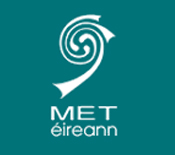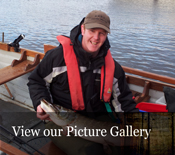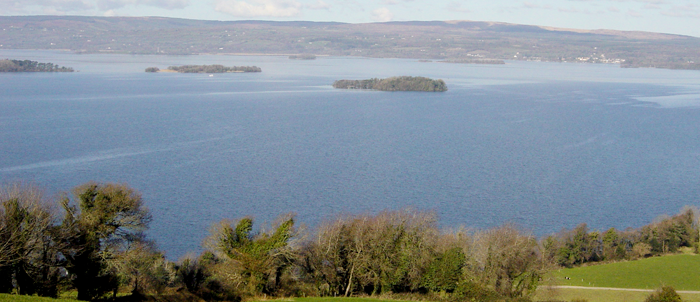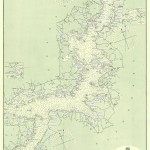Lough Derg
Lough Derg offers a terrific fishing holiday experience. Its remote areas are wild and beautiful. Legend has it that a pike of 42kg (92lbs) was caught here in the 1800’s. There haven’t been many hooked like that since but plenty of coarse fishing and game fishing takes place in these waters. Teeming with pike, perch, roach, bream and trout, Lough Derg has over 13,000 hectares (32,000 acres) of waters to be enjoyed. It would take a lifetime to familiarize oneself with such a large area of water. We have fished here all our lives and know the best swims, snags and shady spots.
There are many islands on the lake ready for you to explore. Holy Island contains monastic ruins, round towers and crosses. Brian Boru, the last High King of Ireland has connections with this area and you will find plenty places mentioning his name. In the evening, return to some of the area’s wonderful, traditional pubs, many offering music.
The lake provides its own unique challenges. Because of its size, driving a boat from one fishing spot to another can itself be an exciting experience when the wind starts to blow and the water breaks over the bow of your boat. This is all part of a great day’s fishing on Lough Derg and why our own experience as your guide will be invaluable to you. Our expert tips and advice will ensure that you will be equipped to handle such weather conditions safely. Catching fish in these conditions is also challenging but that is what makes a fishing trip to this untamed wilderness such an exciting one and we will share our knowledge to make sure you get the most out of it.
Click the image below to see a large detailed maps of lough derg.
Map reproduced with the permission of Shane Creamer.













